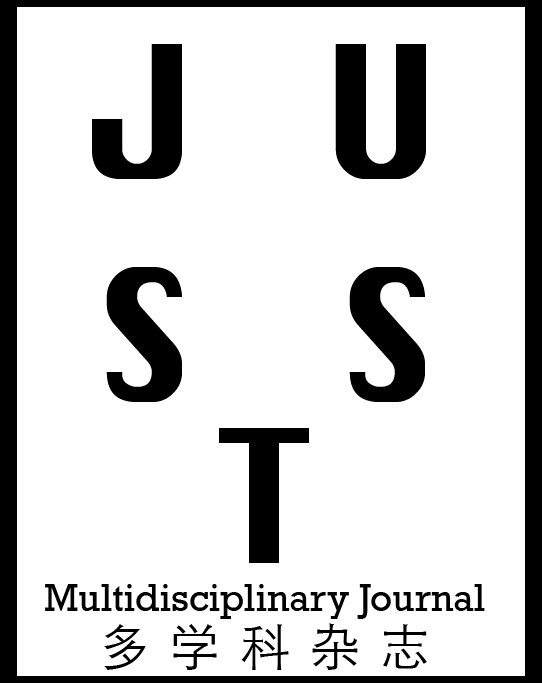It is commonly accepted that the primary contributor to global warming is the release of greenhouse
gases (GHGs) by anthropogenic activities. The accumulation of emitted greenhouse gases has
accelerated and now poses a threat not only to humans, but also to entire ecosystems on Earth.
Wastewater treatment plants (WWTPs) have been identified as one of the largest minor GHG generators
due to their production of the three primary GHGs [i.e. carbon dioxide (CO2), methane (=), and nitrous
oxide (N2O)] on- and off-site. WWTPs emit greenhouse gases on-site during wastewater treatment,
sediment digestion, and system maintenance. Electricity generation for unit process activities, as well
as the manufacturing and delivery of chemicals and fuels for on-site use, are the main sources of off-
site GHG emissions. The reduction of these emissions from the WWTP process, impact to global
warming are of paramount concern. Hence, the understanding and estimation of the greenhouse gases
emission pathways of the WWTPs is essential to tackle this challenge. In this study, attempt has been
made using the tool suggested by IPCC Guidelines for National Greenhouse Gas Inventories (2006)
[Refined on 2019] and GHG protocol to assess the greenhouse gas emissions from the sewage treatment
plant of Raigarh city and suggest remedial measures for reducing greenhouse gases from treatment
plant. The result shows GHGs emission from direct source is 7196 t CO2e/yr and from indirect source
is 897 t CO2e/yr, hence total GHGs emission from the sewage treatment plant is 8093 t CO2e/yr .
